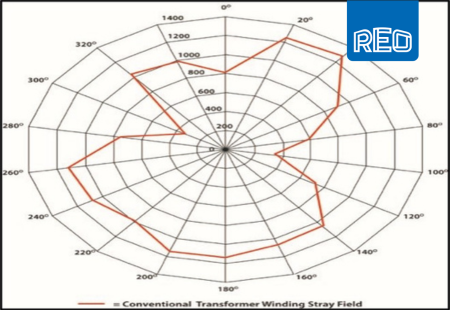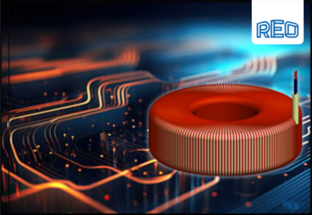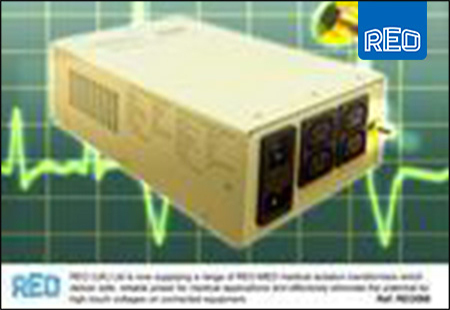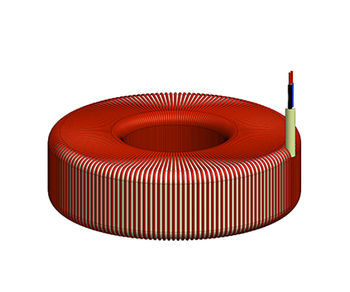Magnetic Stray Field
There has been much discussion about electromagnetic compatibility (EMC) in recent years. As electronic devices become more prevalent, ensuring they coexist without interference or disruption is crucial. EMC refers to the ability of electronic devices and systems to operate effectively in their intended electromagnetic environment without causing or being affected by interference; there are two types of interference that we usually talk about;
Conducted emissions refer to unwanted electrical signals from power lines or signal cables. These emissions can be minimized through proper filtering and segregation techniques during the design and manufacturing process. On the other hand, radiated emissions refer to unwanted electromagnetic energy that is emitted through free air. These emissions are often, but not exclusively, controlled by adequate shielding and screening measures, such as suitably grounded enclosures using materials with high magnetic permeability.
Conventional EI-type transformers that are commonly used in various applications, including power supplies and audio equipment, have issues related to radiated emissions; see diagram A, which shows the stray magnetic field of a traditional EI transformer in RED; this stray field occurs in a transformer when the magnetic field responsible for inducing voltage and current in the secondary coil does not remain in the core, in an EI transformer, this field is directional, and problems can be reduced if the mounting orientation is considered. A secondary effect of this stray field is the reduced energy efficiency of an EI transformer compared to a high-quality toroidal transformer.
The tangible, audible hum produced by this stray field is well known, but it can have much more severe effects; for example, modern vehicles often use magnetic position indicators for safety-critical functions like acceleration, braking, and steering, and medical systems are becoming more reliant on sensitive electronics. The stray field can interfere with the functional safety of the electronics used in these critical applications. EMC is a vital consideration in designing and specifying transformers used within them. Read more about Functional Safety here.
Magnetic shielding can reduce the stray field around a conventional transformer, but this is expensive and adds to the product’s overall size and complexity; the effects of a steel casing can be seen in diagram A BLUE Trace
A better solution is to consider using a high-quality toroidal transformer; the final two traces on diagram B GREEN Trace show the improvements that can be made and that the stray field can be virtually eliminated if a shielded housing is also implemented diagram B PURPLE Trace
While toroidal transformers have limitations of power and voltage, by selecting toroidal transformers in suitable applications, manufacturers can more easily comply with regulatory standards and enhance the overall performance, safety, and reliability of their products.













